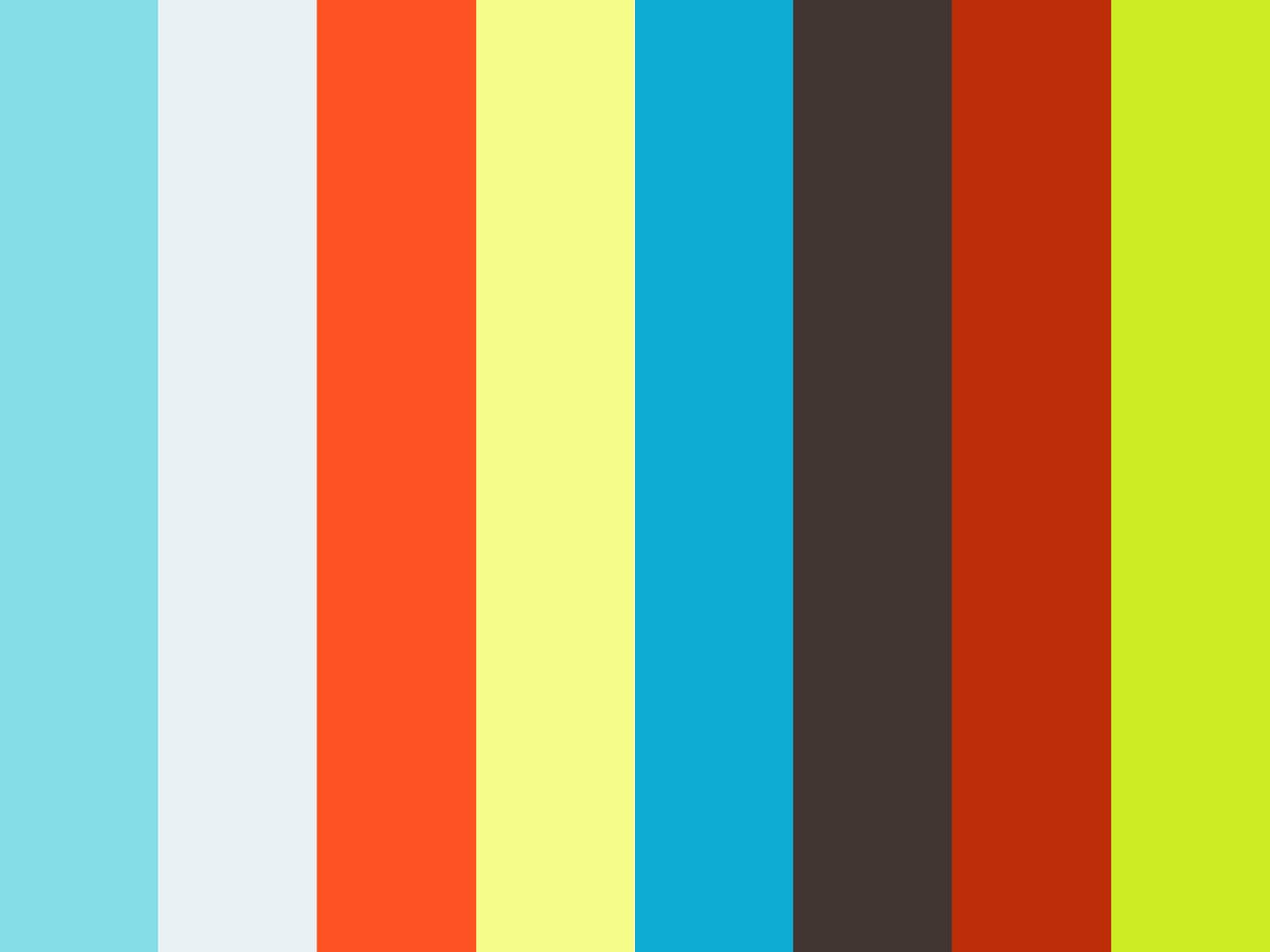This module has been very challenging in the fact of time management as I have had multiple projects on the go all at once, a number of them being outside of uni projects. However, I believe that my time has been managed very well as I have not been late submitting a brief, and I also haven’t been stressing towards the end of each brief as I have managed to mostly keep on top of the work load.
A thing I enjoyed about this module was contacting different design studios, some all the way across the world. This is a really great way to let other designers know you exist, but to also show respect to the designers for the portfolio of work. This is a project I am going to continue over the summer and probably also in third year, as the questions I will ask I genuinely want to know the answers to, and it is also a good way of interacting and getting your name out into the industry.
A thing I didn’t particularly enjoy about this project was not getting emails back from design studios or designers. It’s understandable that the design studios will be incredibly busy, however it’s also a little insulting to think that I’m not worth their time.
I think a strength of this module was my research. John had previously mentioned that you shouldn’t email too many design studios as all of the emails would look a little bit like spam, so it was really useful to research into different design studios prior to emailing them. A design studio that I particularly wanted a reply from was Farrow Studios, however it’s understandable that they didn’t reply as they are a huge firm and are very busy at the moment designing record sleeves for National Record Day.
A weakness of this project was probably the number of emails that I sent out. I sent a number of emails out to five different design firms and only ended up getting one reply. I think if I had been a bit more willing to send more emails, I would’ve been able to create a number of different creative reports. This would’ve looked really successful in my portfolio, which is just another reason I plan to carry on emailing different studios and interviewing them.
I think another strength of this module was the study task Taking Care of Business. Cameron has a very different design style to my own, however we met in the middle and I feel the group as a whole worked successfully. I think our presentation was also very successful as we covered a lot of points and we researched in great detail about things that we would definitely need for a design studio, such as furniture and general costings for software.
A weakness of Taking Care of Business was probably the lack of time put into the presentation by everyone involved. Everyone contributed, however the presentation was solely put together by myself and Cameron as the other members were busy during the time we put aside to complete the project. This is okay, however, as this is what it would be like in industry - not every member would be available at all points to contribute.
I think my presentation went really well and I think it was obvious that my confidence has definitely improved since last year. My main downfall with the presentation was the fact I really struggle to talk fluently without a script, and with a script I often find myself reading straight from it. I did try to stop this from happening in this presentation, however compared to the other peoples presentation that I saw, I think this was my downfall as most of the other students can easily talk about their work and their progress from the top of their heads.
Overall, however, I believe this module went very smoothly and successfully and I am definitely going to carry on being immersive in the Leeds art scene, and potentially the art scene in Hull. I am also going to carry on pushing my development with different analogue techniques other than digital printing.


















































